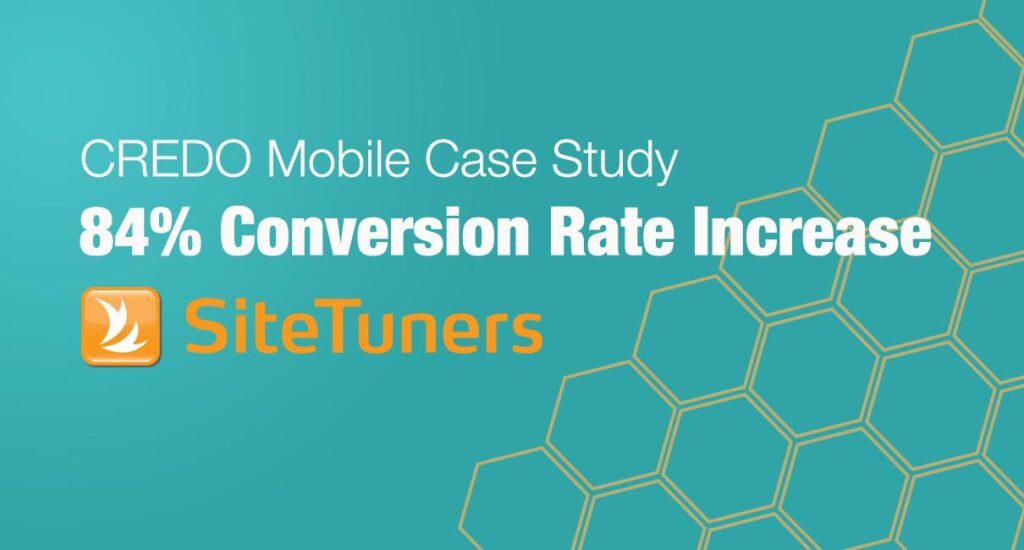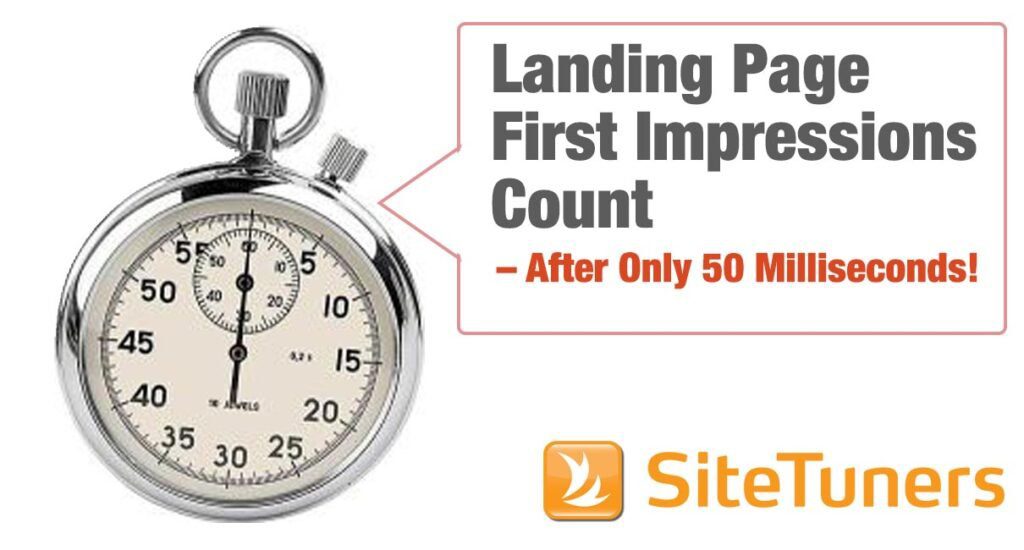Summary: Your conversion rate is a critical metric that tells you how many of your website visitors are converting into paying customers. If you’re struggling to get people to convert, it’s likely due to several culprits. But don’t worry – there are several things you can do to fix it.
With modern digital trends and changing customer demands, it’s becoming increasingly difficult to create a successful online experience. As an executive, this can be frustrating, especially if you’re dealing with low conversion rate and are tasked with ensuring improvements.
In this blog post, we’ll give you the insights necessary to understand why your conversion rate may be low, as well as how to fix it by introducing new content marketing tactics or making changes within your user interface design. Read on if you’re ready to learn the secrets behind improved conversion rate performance!
Define Conversion Rate and Its Impact on Your Business
Conversion rate is a crucial metric for businesses, as it shows how many people take a desired action after visiting your website or seeing one of your ads. But to successfully use conversion rate for benchmarking your success, you should keep a few things in mind:
Firstly, it’s important to understand that different industries have different average conversion rates. For example, the average conversion rate for e-commerce websites is around 2-3%, while SaaS companies typically see conversion rates of around 7-8%. So when using conversion rate as a benchmarking tool, it’s essential to compare yourself with businesses in the same industry and not simply aim to match or exceed a general average.
Secondly, it’s vital to consider other factors that may impact your website’s conversion rate. For instance, you should be aware if your products have a certain seasonality. That is, they tend to sell more during certain periods and then slow down after this. You should also take into account if your products or services are sensitive to changes in economic conditions such as recessions, inflation, and unemployment. While businesses in general often experience slower sales during an economic downturn, some businesses are more severely impacted than others.
Finally, you’d want to take your conversion rate in the context of your overall business strategy. That is, how it impacts your revenue and profits. One of the mistakes that people can make is to pursue conversion rate improvements at the expense of all other metrics. This opens the danger of using tactics that could increase conversions but then tank your bottom line.
For example, you might focus on optimizing your landing pages for conversions and end up sacrificing user experience. While these changes may boost your conversion rates in the short term, they could harm your overall brand reputation or lead to decreased engagement over time.
So when you’re trying to fix your poor conversion numbers, always keep things in balance. Take conversion rate from both a strategic and tactical perspective. Make sure your conversion KPIs are aligned with your business goals. And that you’re not sacrificing the success and future profitability of your business for short-term gains.
Common Culprits of Low Conversion Rate
You’ve invested countless hours and resources into your website, hoping to attract and convert visitors into paying customers. If you’re not seeing the desired results from those efforts, it may be time to take a closer look at the common culprits of low conversion rates.
Poor User Experience
Poor user experience is one of the most significant factors behind a low conversion rate. In fact, almost 90% of website visitors will give up and never come back to a site with sub-par UX.
So if your website performs well below expectation, you first should check how well you’re meeting user expectations.
See if your website is free from clutter and usability issues. A cluttered or confusing layout can make it difficult for visitors to navigate your site. It can also prevent them from easily finding what they’re looking for. This can lead visitors to become frustrated and quickly leave the site.
Slow loading times and broken links are also major turn-offs for potential customers who expect quick and seamless experiences online. If a visitor has to wait too long for your page to load, they are likely to leave and find what they need elsewhere.
Unappealing Design
Online visitors make instantaneous judgments about your business’s credibility based on the appearance of your website.
If a website’s design is unappealing or does not align with the target audience’s preferences, customers may be less likely to convert.
Unappealing design can be a huge turn-off for potential customers, and it can also cause low conversion rates. While many businesses focus on the content of their website, the design is equally important. The way that your website looks can greatly impact how people perceive your brand and whether or not they trust you enough to make a purchase.
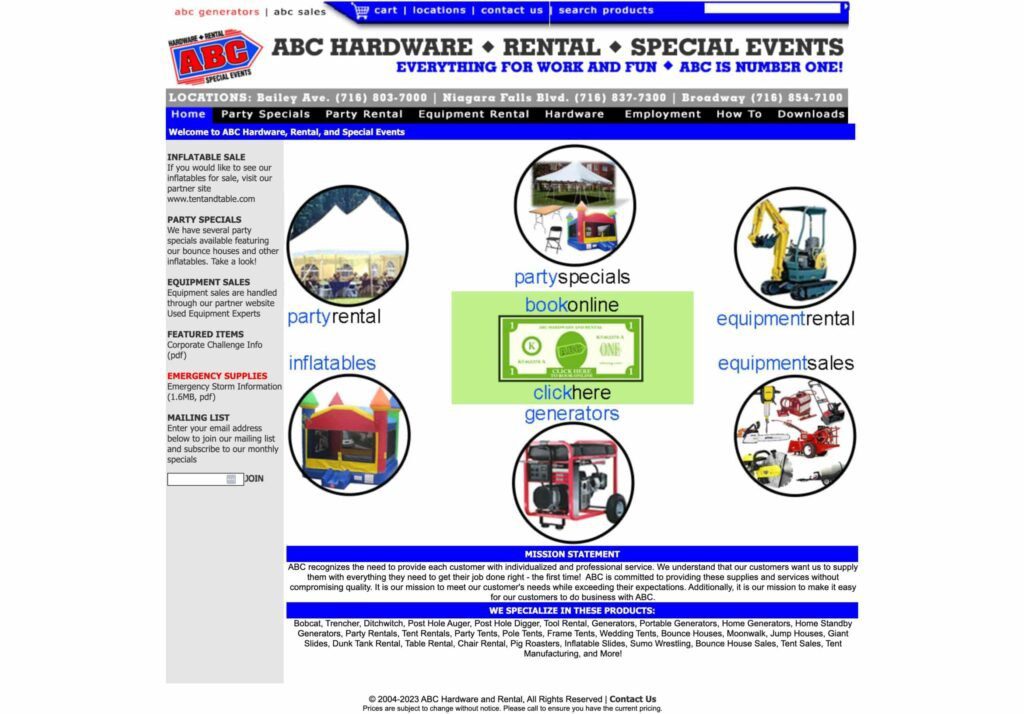
You need to be deliberate about website design when optimizing for conversions. This means using elements deliberately, choosing colors wisely, and structuring navigation carefully. Minimize distractions on your website so your visitors can focus on the content. Bear in mind that the end goal is for the design to support users’ desire to find and accomplish something easily.
Missing Trust
Does your website look trustworthy enough?
If your website does not establish trust early on, visitors are unlikely to feel safe about their transactions. This leads to a low conversion rate and hampers your ability to gain customers and grow your business.
To build trust, your website must look aesthetically pleasing (or at least modern, professional, and doesn’t look broken). This is the bare minimum when it comes to putting online visitors at ease. Another way to build trust with potential customers is by providing them with social proof.
Social proof is evidence from other people that confirms the value or quality of your product or service. Include reviews and testimonials, case studies, or endorsements from previous customers, experts, or influencers to reinforce perceptions of trust. By incorporating social proof on your website and other marketing materials, you can help build credibility and establish trust with potential customers.
Aside from social proof, you also need to convey trustworthiness using transactional assurances. Putting industry badges, or even your own guarantees and policies, are some of the ways you can build trust online. Being transparent about your business practices and overdelivering on your promises also go a long way in earning customer trust.
Lack of Persuasive Elements
The lack of persuasion elements on your website and other digital assets seriously impacts the success of your digital marketing campaigns. Persuasion involves convincing potential customers to take a specific action, such as clicking on an ad or buying a product. So if your website content isn’t persuasive enough, it’s unlikely to convert your online visitors into leads or customers.
As a business executive in charge of your digital marketing strategy, it’s crucial to ensure that your marketing team is well-versed in persuasion techniques. Persuasion is an essential aspect of any successful marketing campaign because it helps you connect with potential customers and convince them to take action.
The art of persuasion involves using various techniques to influence people’s thoughts and behaviors positively. From addressing their pain points and desires to creating a sense of urgency, the right combination of persuasive tactics can encourage prospects to move further down the sales funnel. As such, it’s vital that your marketing team knows how to use these techniques effectively across different digital channels like email marketing, social media, PPC ads, and more.
To effectively use persuasion techniques for conversion rate optimization, you need to understand your target audience and their needs. This will help you tailor your messaging to resonate with them and highlight how your product or service can solve their problems.
Poor Copywriting
A low conversion rate is a tell-tale sign that your website suffers from poor copywriting.
Copywriting is closely related to persuasion since it involves using language and other forms of communication to influence people’s thoughts, beliefs, and actions. The goal of copywriting is not just to inform people about a product or service but also to convince them that it is worth their time and money.
Effective copywriting is a crucial element for your website and digital campaigns. Your website copy is often the first interaction your audience has with your brand, so it needs to be very persuasive and engaging. If the website’s copy does not effectively communicate the benefits of the product or service or does not address customer pain points, customers may not be convinced to make a purchase.
Bear in mind that your online visitors are most likely distracted by a myriad of things on the web. Persuasive copy not only helps you cut through the noise – it also captures your prospects’ attention. It is essential to understand that copywriting is more than just writing words; it involves crafting a message that resonates with your target audience and compels them to take action. If you are experiencing low conversion rates, there is a high chance that your copywriting needs an overhaul.
Low Quality or Inadequate Traffic
If a website is not receiving enough traffic, even if the conversion rate is high, the number of actual conversions will still be low. On the flip side, your website may have a lot of visitors but it can still be hard to convert if it’s mostly poor-quality traffic.
Unfortunately, many businesses find themselves struggling with either inadequate or poor traffic quality and low conversion rates. This leaves them frustrated and unsure of how to proceed.
While many entrepreneurs focus on generating more traffic, they often overlook the importance of converting that traffic into paying customers. The truth is, without a high conversion rate, your website could be attracting thousands of visitors each day, but still fail to generate any significant revenue. It is not enough to simply attract a large number of visitors to your site; you need those visitors to be interested in what you offer and to take action once they arrive.
Lack of Personalization
A one-size-fits-all approach no longer works in today’s competitive market. Customers want a personalized experience, and if they don’t get it, they’re likely to move on to another brand. Personalization can take various forms such as customized product recommendations, tailored messaging based on customer preferences or behavior, and personalized email campaigns.
If your website does not personalize the user experience or content to the customer’s preferences or needs, you’re most likely presenting irrelevant offers. This results in reduced interest and engagement with your products or services.
When customers don’t feel connected to a website or brand, they are less likely to convert into paying customers and more likely to leave the site without making any purchase.
Overcomplicated Checkout Process
If you have an e-commerce website, then your checkout process would be crucial.
The checkout process is the final step in the purchasing journey of your customer. A seamless checkout experience can increase conversions and sales. Meanwhile, a complicated, confusing, or lengthy one can lead to cart abandonment and lower conversion rates. Baymard Institute estimates that the average cart abandonment rate for e-commerce websites is around 69.57%.
Customers want an easy and seamless shopping experience, which includes a clear and concise checkout process. So if the checkout process is lengthy or unclear, customers often become frustrated and abandon their purchase altogether.
Your checkout process should be simple and easy to understand. Don’t overcomplicate it with unnecessary steps or information that can confuse your customers. Make sure that all of the required fields are clearly labeled and easily accessible for your customers to fill in their details. It’s also important to offer multiple payment methods so that you cater to different preferences of customers.
In addition, make sure that your website is secure during the entire checkout process. This helps build trust with customers and gives them peace of mind knowing that their personal information is protected at all times.
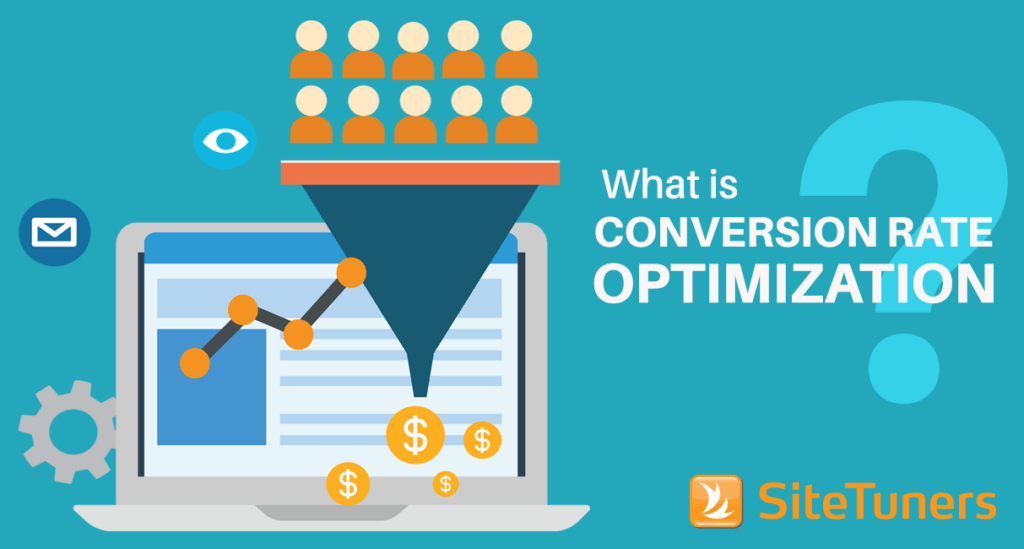
Conversion Rate Optimization (CRO): How to Get Started
Fixing Low Conversion Rates
Now that you know the common reasons your business and website are struggling with low conversion rates, it’s time to take steps to fix this issue.
Evaluate Your Website Performance
It is essential to evaluate your website’s performance regularly to ensure it is meeting your business goals and providing value to your customers. A key aspect of this evaluation is understanding where your visitors are coming from, how long they stay on your site, and what pages they visit. This information can help you identify areas that need improvement or optimization for a better user experience.
Analyze Your Site’s User Experience
User experience has a huge influence on your conversion rate. User experience encompasses everything from the design and layout of your website to how easy it is for users to navigate and find what they’re looking for. A positive UX can increase engagement, build trust, and ultimately lead to higher conversion rates.
An analysis of your website’s user experience is essential for optimization. Analyzing your site’s user experience can help you identify pain points and areas where visitors might be getting frustrated or confused. For example, are your pages taking too long to load? Are your navigation menus difficult to use? Is your checkout process overly complicated? These are all factors that can impact your conversion rate.
To properly analyze website UX, start by tracking the journey from top to bottom – from when users land on the site to when they complete a transaction. Take note of any irregularities or frustrations along their journey and then look for potential solutions. if visitors to your site aren’t having a good experience, they’re much less likely to convert into customers or take the actions you want them to.
Once you’ve identified areas for improvement, you can start making changes to your site to address them. This might involve redesigning certain pages, simplifying your navigation, or streamlining your checkout process. By improving the overall user experience of your site, you can make it easier for visitors to find what they’re looking for and take the actions you want them to.
Improve Your Copywriting
Since poor copy is one of the culprits of low conversion rates, it makes sense to focus on content and copy improvements.
To make sure your copywriting succeeds, you need to consider who your audience is and speak to them in an appropriate tone of voice. Your website’s content should clearly communicate the benefits of your products or services in an engaging way that resonates with your target audience. Taking the time to align your language and message appropriately can go a long way toward achieving success with copywriting.
Copywriters use various techniques such as emotional appeals, logical arguments, and social proof to persuade their audience. They also employ storytelling, metaphors, and analogies to make their message more relatable and memorable. A strong understanding of human psychology is essential in copywriting as it enables the writer to tap into the desires, fears, and motivations of the target audience.
Review Your Offers
Your offer is essentially what you are providing to your potential customers or clients. It needs to be strong enough to convince them to take action and make a purchase. It should also be customized according to the desires and preferences of your customers.
Offers that aren’t enticingly tailored to the specific wants and needs of the intended audience run the risk of being irrelevant and falling flat. To avoid this, it’s important to review your offers regularly and make adjustments as needed.
Here are a few things that you should consider when reviewing your offer:
- Firstly, think about what sets your product or service apart from others on the market. This could include unique features, benefits, or pricing options. Make sure that these standout elements are clearly communicated on your website.
- Next, consider how you present your offer. Is the message clear and concise? Are there any confusing terms or jargon that might turn off potential customers? Simplify the language where possible and make sure that all of the information is easy to find.
- Finally, test different versions of your offer to see which performs best.
Evaluate every aspect of your offer to make sure they are capturing the attention of the right people in an informative and engaging manner.
Personalize Your Content
Personalized content has become a necessity for businesses to stand out and connect with their audience. Generic content that doesn’t cater to the individual needs and interests of users contributes to a low conversion rate and hinders business growth.
The key to personalizing your website content is data. It is the foundation upon which all successful website personalization strategies are built. By collecting and analyzing data on your user’s behavior, preferences, interests, and other characteristics, you can create highly targeted content that speaks directly to their needs and desires.
With the right data at your fingertips, you can craft customized messages that address each user’s unique pain points, offer tailored solutions to their specific problems or challenges, and provide relevant recommendations based on their past interactions with your site.
Target High-Quality Traffic
One of the key issues with low-quality traffic is that it tends not to be very targeted. This means that people are coming to your site who have no real interest in what you offer, and who are unlikely to become customers or clients. In addition, low-quality traffic often results from shady practices such as buying email lists or engaging in black hat SEO tactics; this can damage your reputation and ultimately harm your long-term success.
To improve both your traffic and conversion rate, it’s important to have a well-thought-out strategy in place. This means knowing your audience, understanding their needs and pain points, and providing them with valuable content that resonates with them.
An effective way to target and attract high-quality traffic is using search intent for SEO. Essentially, this involves understanding the underlying motivations and needs of individuals as they conduct online searches and crafting content that satisfies those needs.
To effectively leverage search intent for SEO, it’s crucial to first identify the keywords or phrases that your potential customers are likely to use when searching for products or services in your industry. Next, you’ll want to delve deeper into those keywords by examining the types of queries that people tend to make using them. This will help you better understand what people are looking for when they enter particular search terms into Google or other search engines.
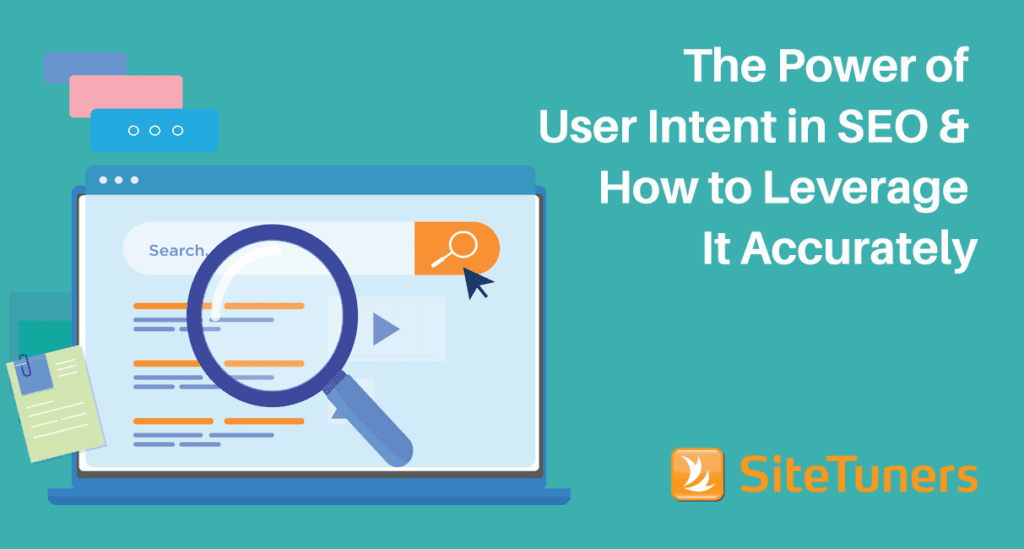
The Power of User Intent in SEO & How to Leverage It Accurately
Improving Conversion Rates Requires Persistence
There’s no right answer when it comes to a good conversion rate. Of course, you want to be better than the average and have a successful business. If your conversion rates are low, the reasons can be easily investigated and fixed.
By evaluating your website’s performance, analyzing user experience, improving your copywriting, reviewing your offers, personalizing your content and targeting high-quality traffic, you can significantly increase your conversion rates. Remember that every website is unique and requires a tailored approach to achieve optimal performance. Keep testing and measuring the effectiveness of your strategies to identify what works best for you. With persistence and dedication, you can transform your website into a powerful sales tool that drives revenue and growth for your business.
